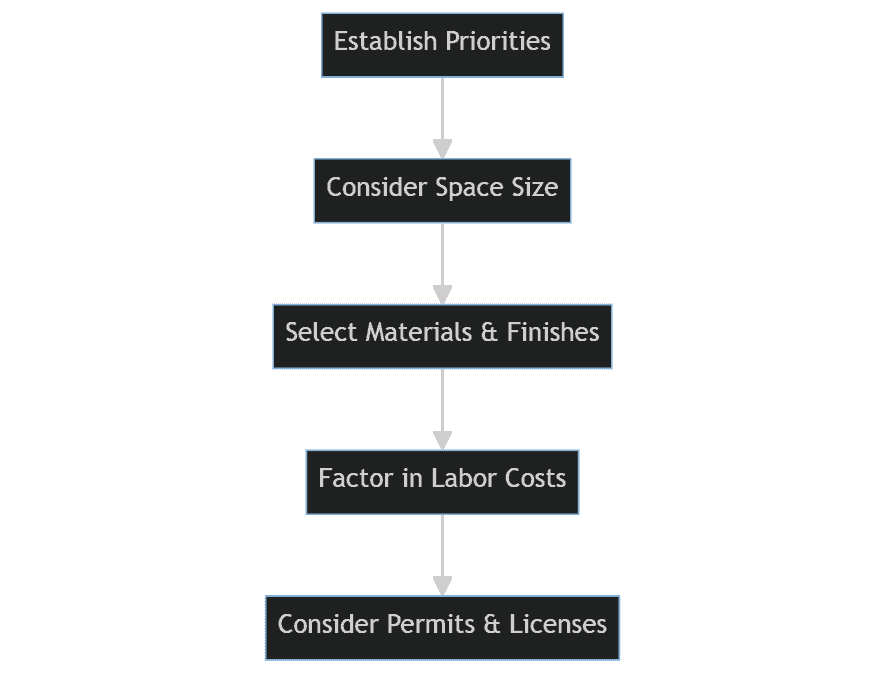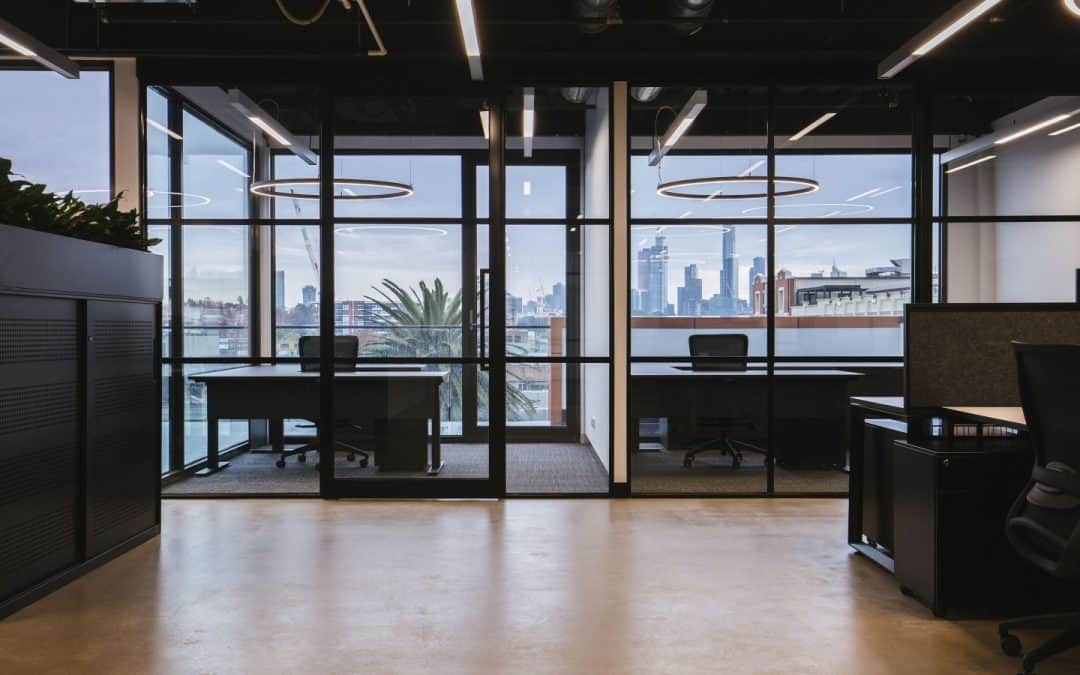1. Define Your Office Fit-Out Requirements
Assess Your Needs
Before diving into budgeting, clearly define the goals of your office fit-out. Are you aiming to create a more functional workspace, update the aesthetics, or both? Understanding your priorities will guide your spending.
Space Utilization
Consider the size and layout of your office. Larger spaces naturally require more resources, but efficient space planning can maximize utility and minimize costs. Think about how different areas of the office will be used and how to best configure them.
2. Establish a Realistic Budget
Cost Estimation
Research is key. Gather quotes from multiple sources for construction, design, furniture, and technology. This will give you a ballpark figure and help avoid surprises. Remember to break down costs into categories such as materials, labour, and equipment.
Material Selection
Choosing the right materials is crucial for balancing cost and quality. While high-end materials might be tempting, there are often cost-effective alternatives that offer durability and a pleasing aesthetic. For example, consider laminate instead of solid wood or modular furniture systems.
3. Consider Professional Assistance
Hiring Contractors
Engaging professional contractors can be a wise investment. Experienced contractors often have industry connections and can source materials at better rates. Their expertise ensures the work is done correctly and efficiently, potentially saving money on future repairs.
Project Management
A project manager can oversee the fit-out process, ensuring everything stays on track and within budget. They coordinate between designers, contractors, and suppliers, mitigating the risk of miscommunication and delays.
4. Include Hidden Costs
Permits and Licenses
Ensure all necessary permits and licenses are accounted for in your budget. These can vary significantly depending on your location and the scope of your project. Failing to secure the proper permits can result in costly fines and delays.
Contingency Fund
Unexpected expenses are almost inevitable in any renovation project. Allocate 10-15% of your total budget to cover unforeseen costs such as structural issues, changes in design, or delays.
5. Furniture and Equipment
Ergonomic and Functional Furniture
Investing in ergonomic furniture can enhance employee productivity and well-being. Look for chairs, desks, and workstations that offer comfort and flexibility. Ergonomics is not just about comfort; it can reduce health issues and increase efficiency.
Technology Integration
Modern offices require up-to-date technology. Ensure your budget includes high-quality equipment such as computers, printers, and communication systems. Consider future-proofing your office with advanced wiring and tech infrastructure.
6. Plan for the Future
Scalability
Think long-term. Your office fit-out should accommodate future growth. Choose designs and layouts that can be easily modified or expanded as your business evolves. Modular furniture and flexible spaces are good investments.
Sustainability
Sustainable design isn’t just environmentally friendly; it can also reduce long-term operational costs. Consider energy-efficient lighting, heating, and cooling systems. Recycled or sustainable materials can also be cost-effective and enhance your brand’s image.
7. Track Your Expenses
Regular Monitoring
Keep a close eye on your expenses throughout the project. Regularly compare actual spending against your budget to identify any discrepancies early. This will help you stay on track and make adjustments as needed.
Adjustments
Be prepared to make adjustments. If certain aspects of the project are costing more than anticipated, look for areas where you can cut back without compromising the overall quality and functionality of the office fit-out.
Conclusion
Creating a budget for your office fit-out involves meticulous planning and consideration of various factors. By defining your needs, hiring professional help, accounting for hidden costs, and planning for the future, you can achieve a successful office fit-out that meets your business objectives.
Taking the time to thoroughly plan and budget for your office fit-out will pay off in the long run, creating a productive, attractive workspace that supports your business goals.

By following these steps, you’ll be able to create a budget for your office fit-out that meets your needs and goals while staying within your financial means. With the right plan in place, you can create a space that is both functional and stylish, without breaking the bank.

Let's Build It Together
Tell us your requirements
We aim to respond within 24 hours

